VERY IMPORTANT & LARGE KASHKUL, BEGGAR'S OR DERVISH'S BOWL, IN CHAMPLEVÉ ENAMEL ON CHISELED BRASS, OPENWORK AND GILDED
KASHMIR, India, mid 19th century
Its DIMENSIONS ARE UNUSUAL AND IMPRESSIVE !!!:
41.5cm long
*16.5cm wide
and 20cm high
Weight 1607g
The abundant colors of the cloisonné enamel are bright and superb, and the 24-carat gold-plated brass gives them an even brighter shine, especially cobalt blue and Persian turquoise.
The enamels are carefully arranged in the parts in reserve hollowed out and chiseled by hand, separated by brass contours themselves chiseled and gilded, and constituting a rich swirling interlacing of curves and floral and vegetal arabesques.
These exact same patterns and aesthetics can be found in Kashmiri textile art, with the beautiful hand-embroidered shawls in cashmere wool and silk.
This large, distinctively shaped vessel, known as a kashkul, was made in Kashmir towards the end of the 19th century. Kashmiri silverware is sometimes described as Indo-Iranian or Indo-Persian and was influenced by Indian, European and Middle Eastern design. Elements of the ornamentation, such as the stylised flowers and arabesques, show the artistic influence of the Middle East whilst design motifs are derived from the flowers and foliage of Kashmir’s native plants, commonly the chinar tree, poppy plant and coriander leaf.
Typical Kashmiri kashkuls are boat shaped vessels terminating in a stylised dragon, snake or bird head ‘prow’ at either end. The heads are pierced, allowing silver rings to be threaded through so that the kashkul could be suspended from a chain. Examples were sometimes commissioned by wealthy patrons and donated to dervish orders or a passing holy man.
The aesthetic composition consists of 3 superimposed parts:
*a heel with a turquoise blue vegetal frieze and surrounded by 2 gilded brass borders lines, again chiseled with geometric decorations of dotted arabesques
*the middle part of the Kashkul of rich foliated and flowered interlacing and volutes, gilded and still chiseled, on a powerful dark blue background
*The upper part of the main part / body of the kashkul, openwork or pierced gilded brass, with only subtle touches of enamel: the flowers in purple, yellow and 2 blue, the stems finely highlighted in white. This upper part is framed by an ornamental turquoise enamel middle line of repeated flowers and at the top by a gilded chased border.
The 2 zoomorphic ends, also in cloisonné enamel, hold in their open mouths two magnificent and large gilded brass rings, to serve as a link with the chain that allowed these cups to be worn around the neck. The finely detailed heads stand proudly above the edge.
"Kashkuls were the begging bowls carried by travelling ascetic mendicants or dervishes. The word dervish derives from the Persian word darvish and is believed to be of ancient origin, suggesting that these holy travellers were around for many centuries. Dervishes were principally found in Persia (Iran), Turkey, the Balkans, North Africa, India, Pakistan and Afghanistan.
A 17th century, ink and pencil drawing from the Persian Safavid dynasty shows a dervish holding a dragon kashkul of similar form and is included within the supplementary photos below. Distinctively shaped bowls such as the dragon form or those made from the rare, double lobed, coco de mer shells, helped to identify these beggars as dervish and distinguish them from ‘normal’ beggars. Along with their bowls, they would usually carry a walking stick, staff, club or axe and wear a gown, cloak and sandals, covering their heads with a cap or turban. They would often dress in old clothes or rags which had been roughly patched together and some orders also draped distinctively patterned animal skins or lambs’ fleeces over their shoulders.
Although there were many different orders of dervishes varying in their practices and the harshness of the regime, the common principles were that followers took vows of poverty and would travel and beg on behalf of others, never for themselves. Through this life they would learn humility and by embracing good works, prayer, meditation, poverty and sometimes dance, they tried to lead a holy life in the Islamic tradition, hoping to eventually achieve a state of religious ecstasy."



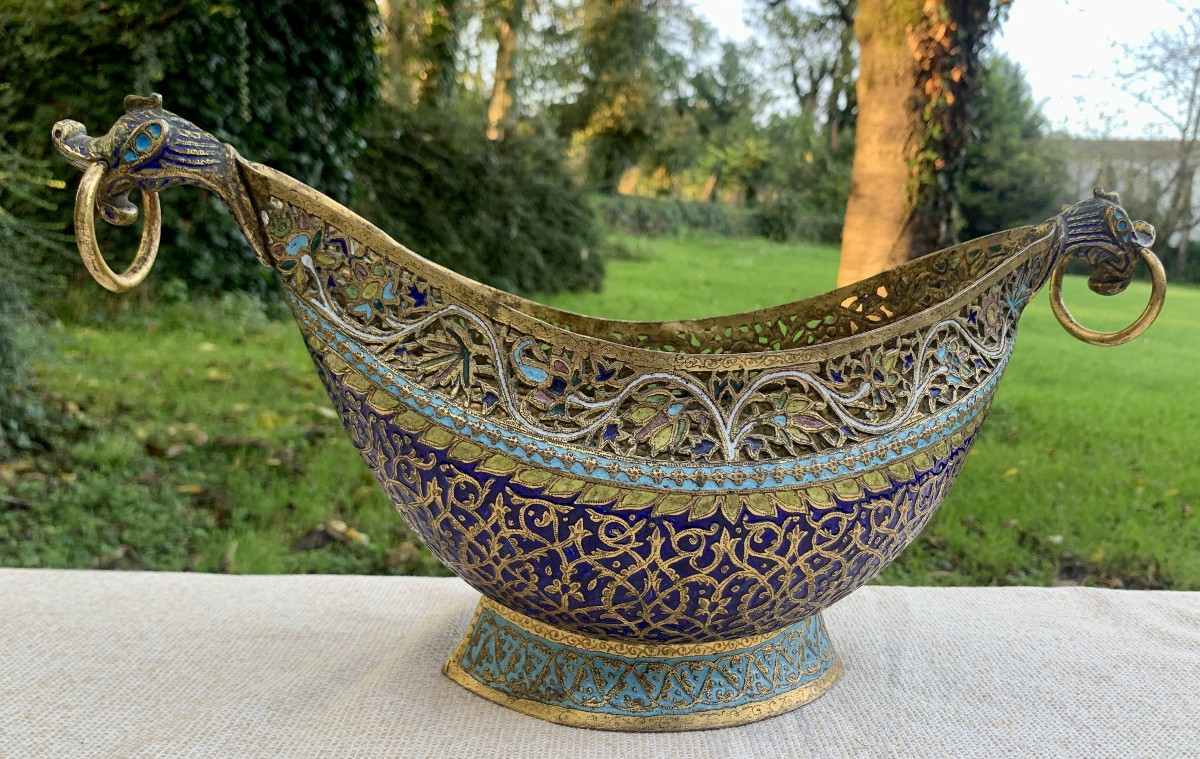



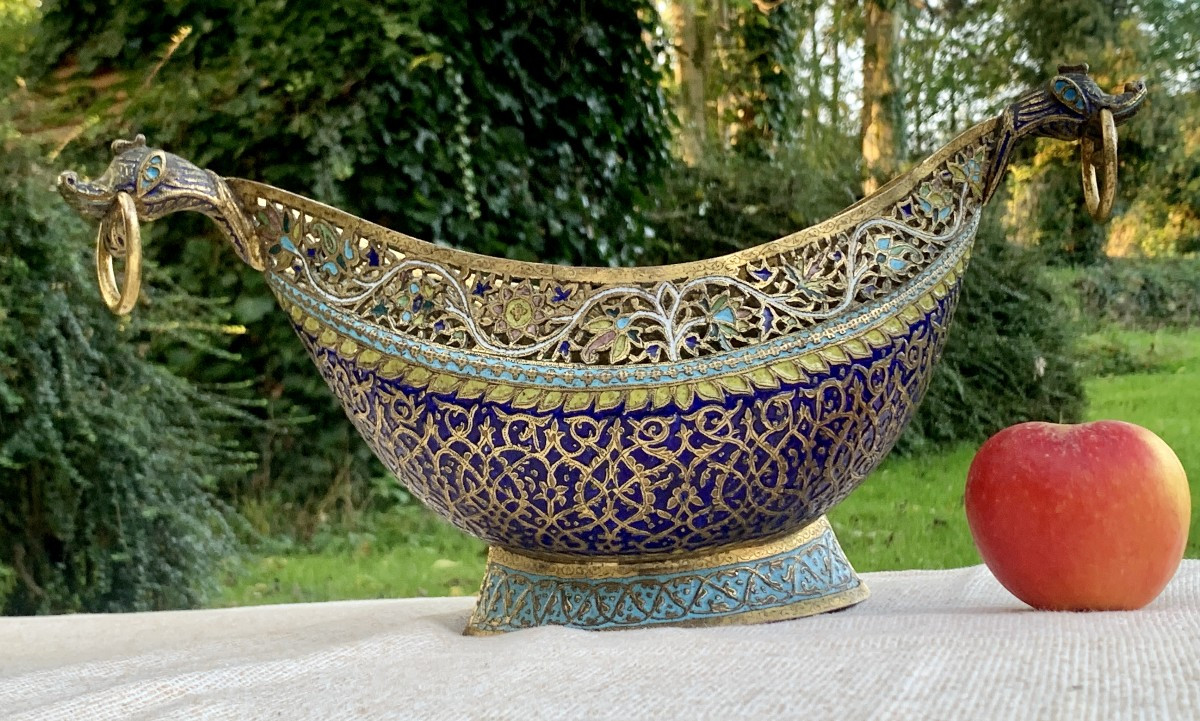



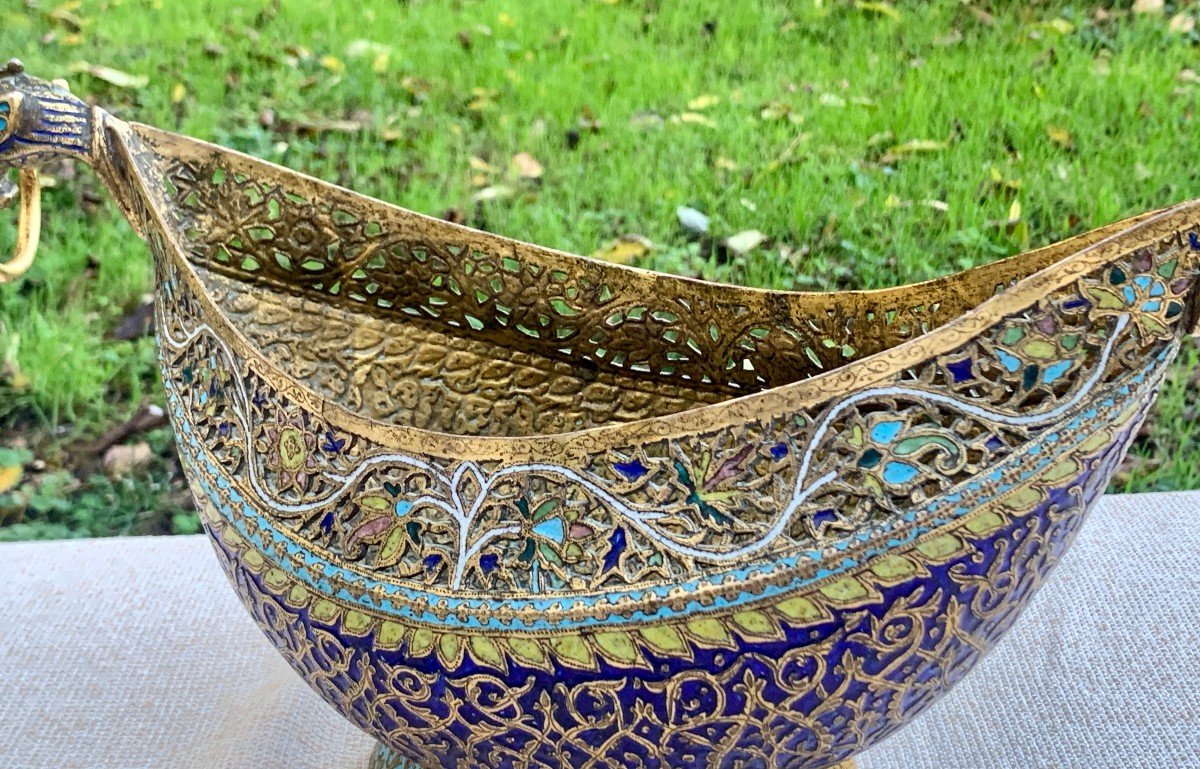
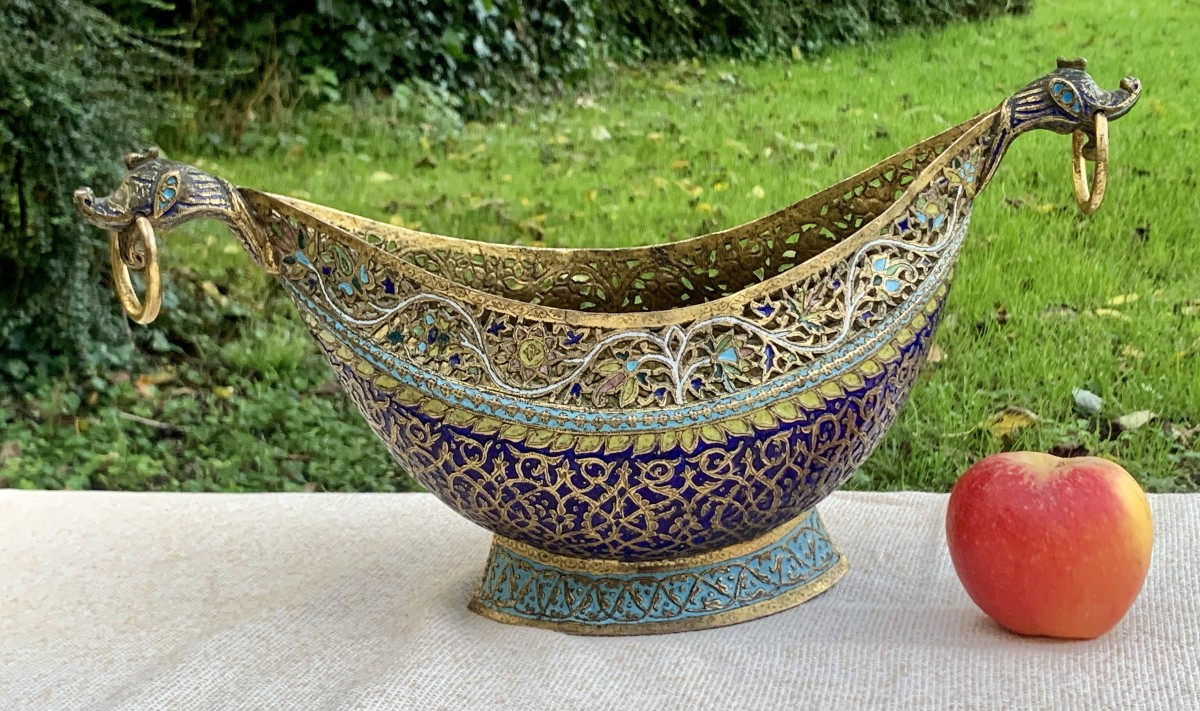




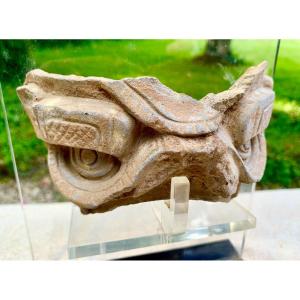
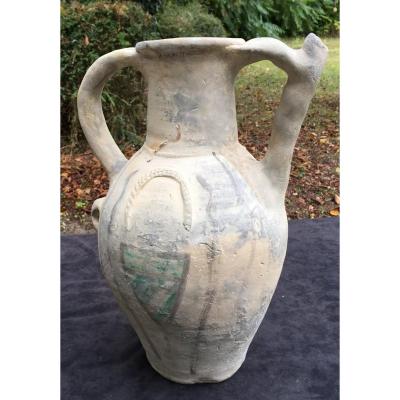
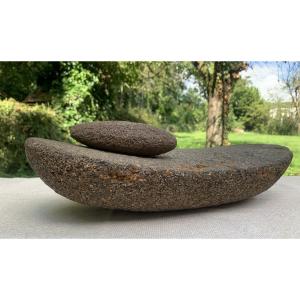


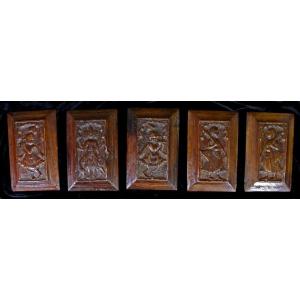







 Le Magazine de PROANTIC
Le Magazine de PROANTIC TRÉSORS Magazine
TRÉSORS Magazine Rivista Artiquariato
Rivista Artiquariato
